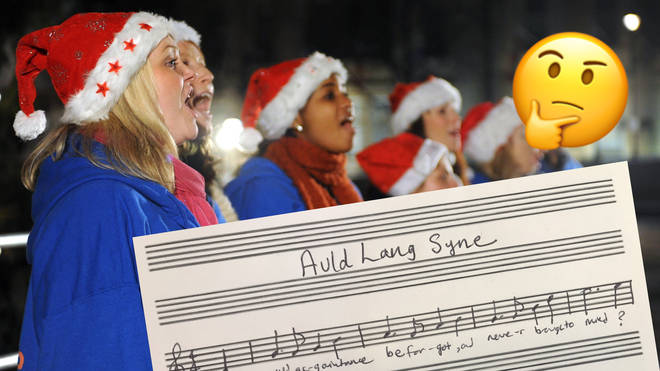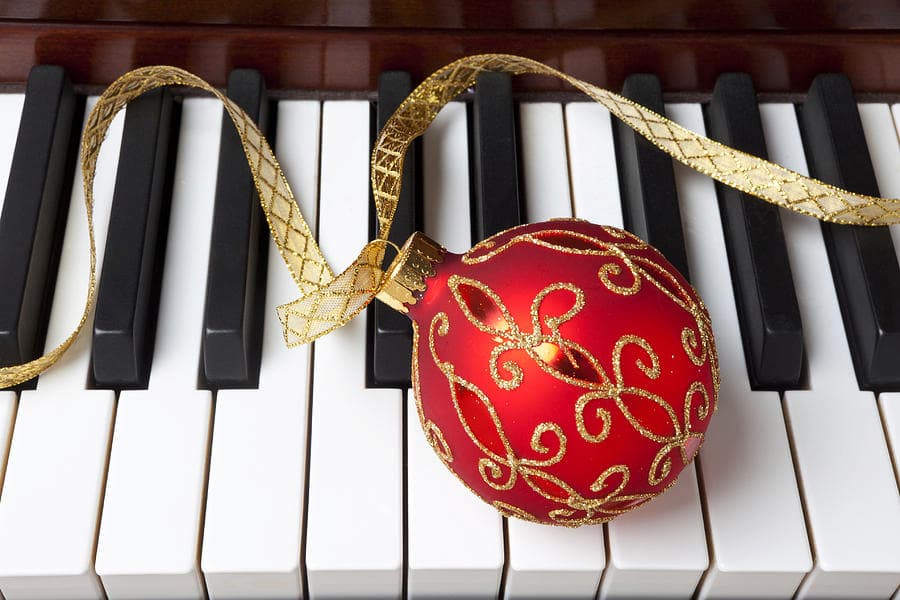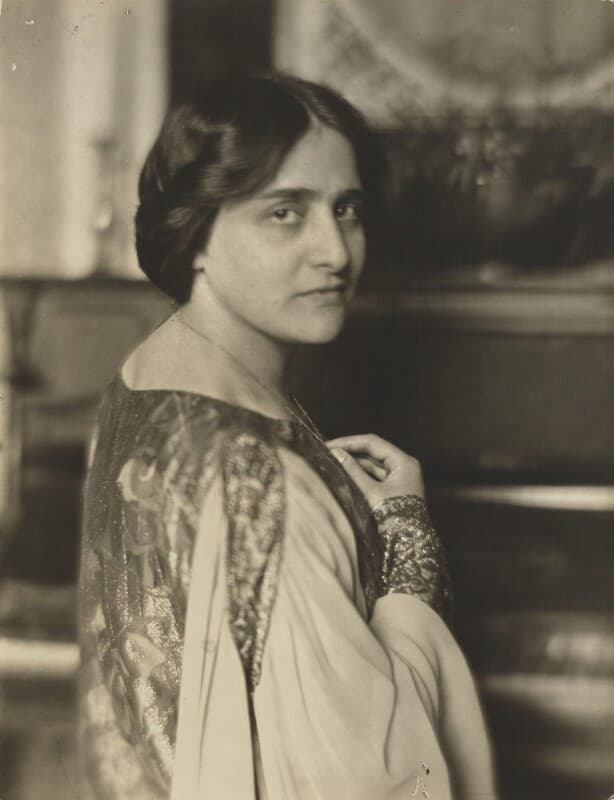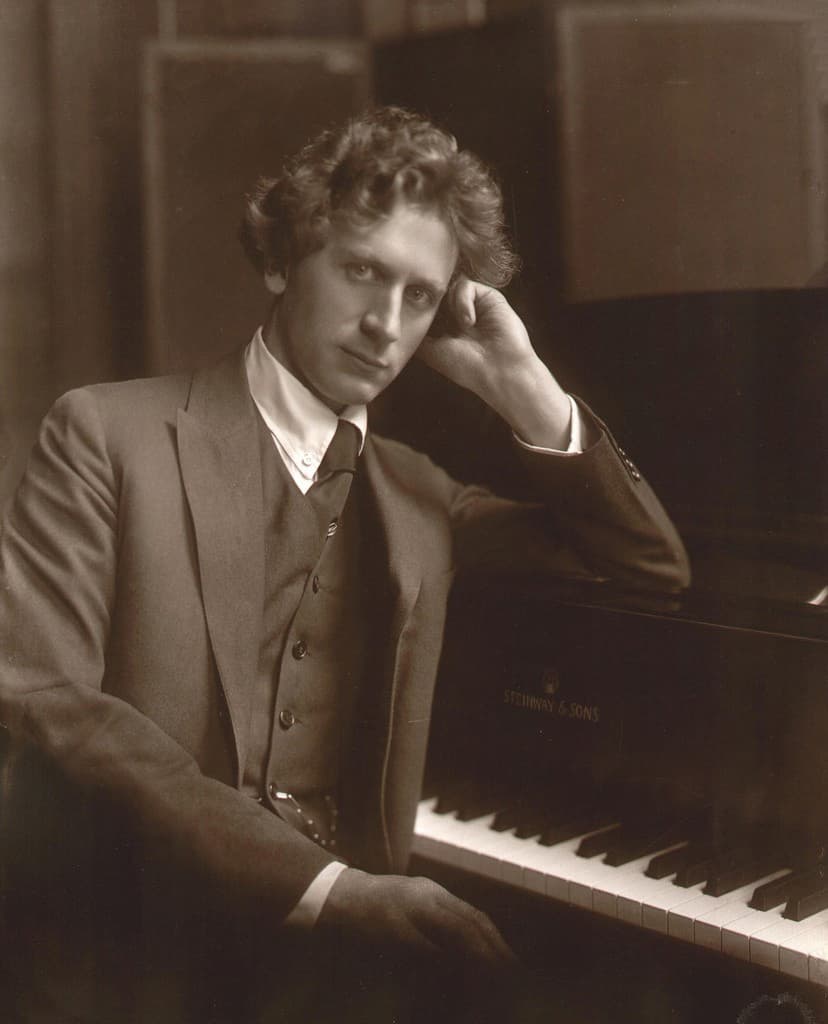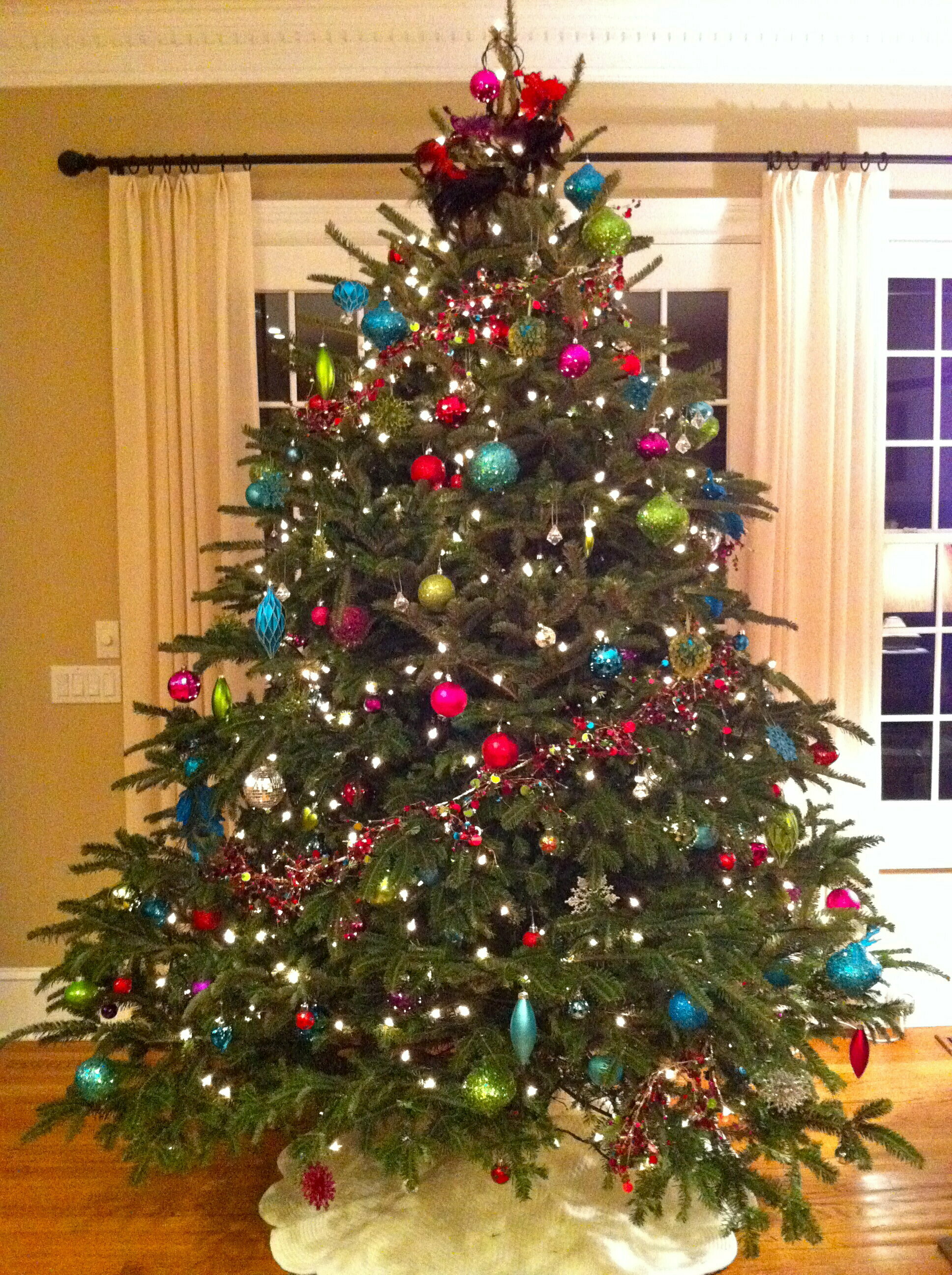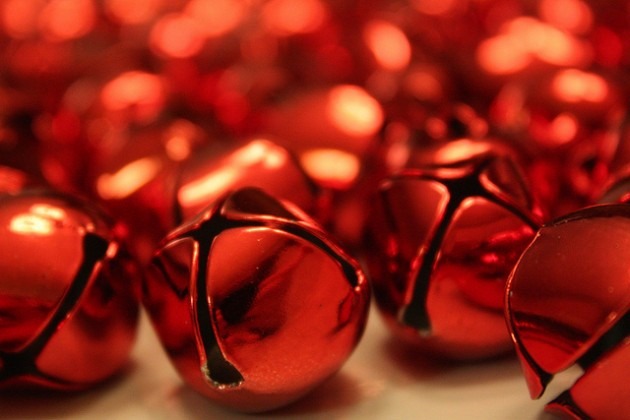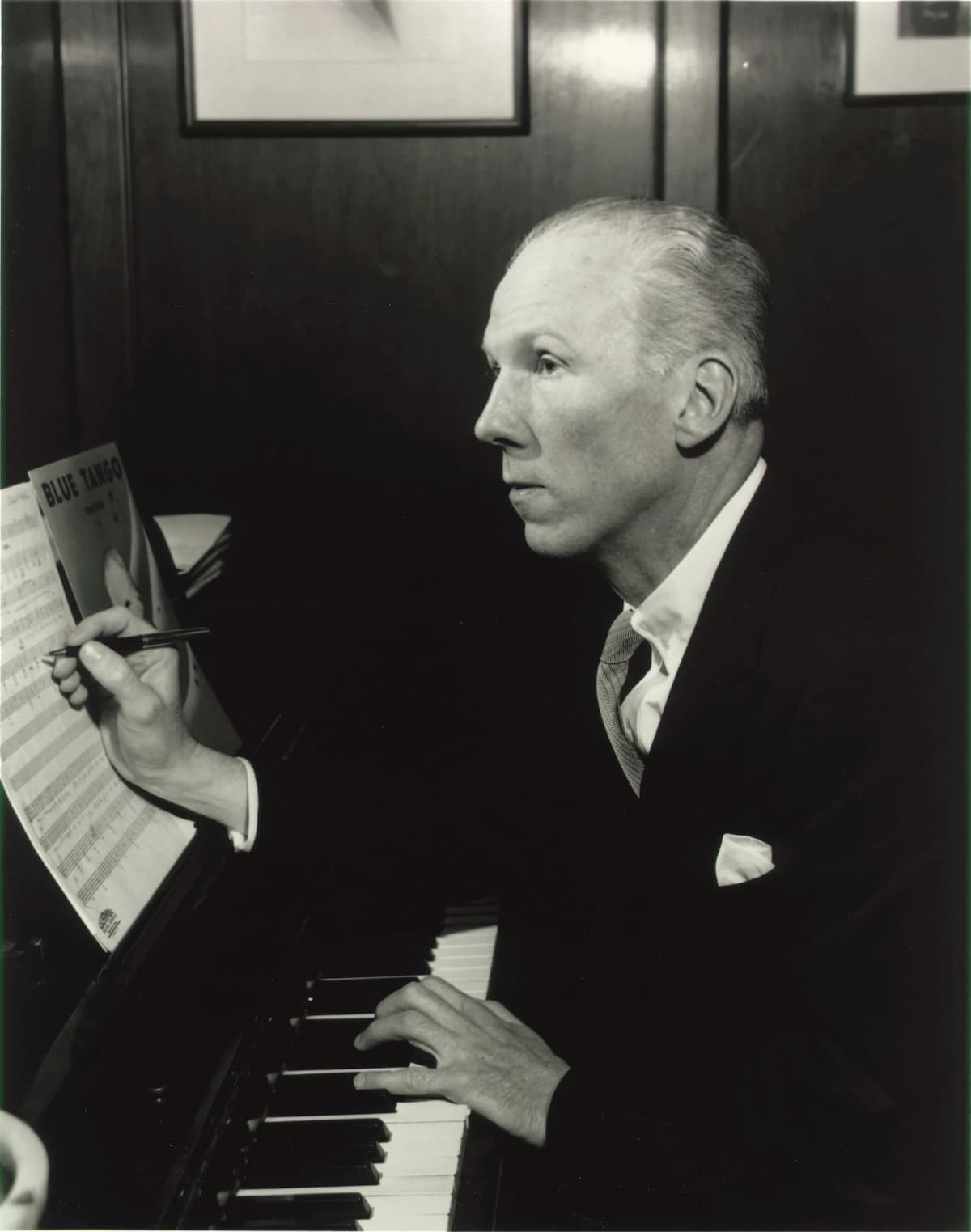by
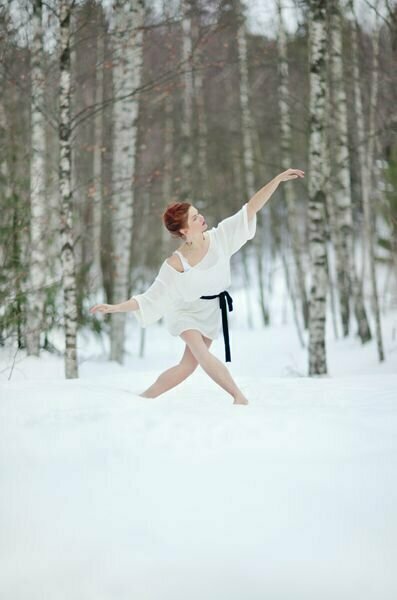
Dancing in the snow
Tchaikovsky, stuck in the coldest north, created his first symphony on an idea that could accommodate both a cold and a warm season, his Winter Daydreams. The slow Adagio movement could be you sitting by the fire, curled into a blanket, or in a nice swaying rocker.
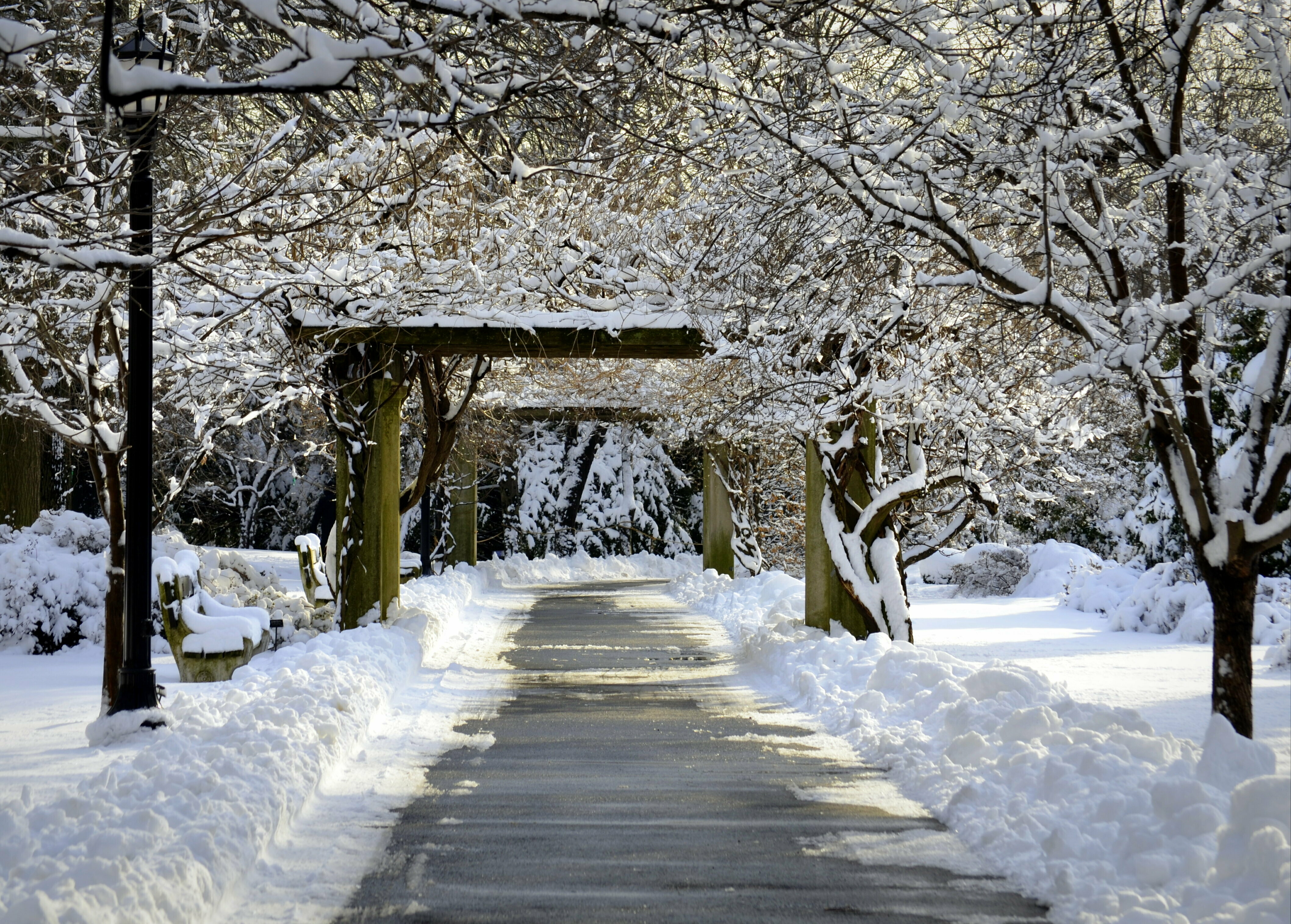
Brooklyn Botanical Garden in Winter
In the inverted summer/winter of Argentina, Piazzolla, in his Four Seasons of Buenos Aires, gave us a winter scene with dancing.
In England, Christopher Simpson’s Winter part of his four Fantasia Suites for viols, also takes us dancing.
Russian composers, however seem to be the ones who take us into the wrenching cold. As the chorus sings, the snow piles higher and higher.

Snow falling
Leonid Desyatnikov closes his 12 months of the Russian Seasons with a look back at the year.
It’s cold, but we’re inside and we can remember the year as it was.
Sergei Prokofiev’s ballet Cinderella included a Winter Fairy – one of the 4 season fairies who came to help Cinderella’s fairy godmother prepare her for the ball.
In his Children’s Corner Suite, even Claude Debussy included a work for the snow. As it falls, it seems to mesmerize the watcher – the light colour against the darkness of night and never stopping.
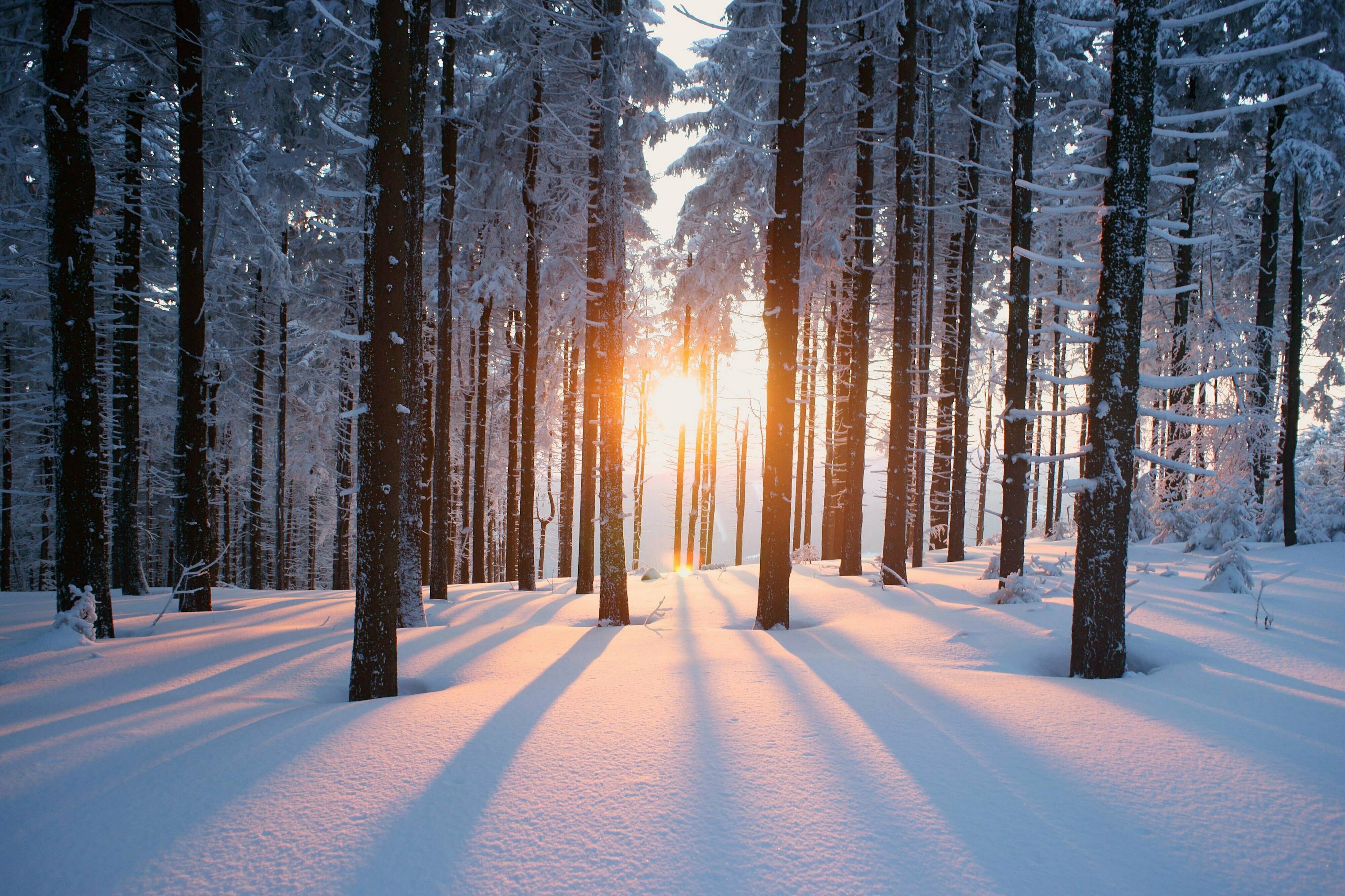
Sunset against the trees
British composer Thomas Adès set a set of 4 Latin songs as The Lover in Winter for countertenor and piano. Again, he’s able to invoke a cold feeling.
But perhaps we should close as we started, with a bit of Tchaikovsky. His famous ballet The Nutcracker remains for many people the definition of the winter season. It’s Overture, seeming to mix both the falling snow and the scurrying people preparing for the season captures so much of winter.
